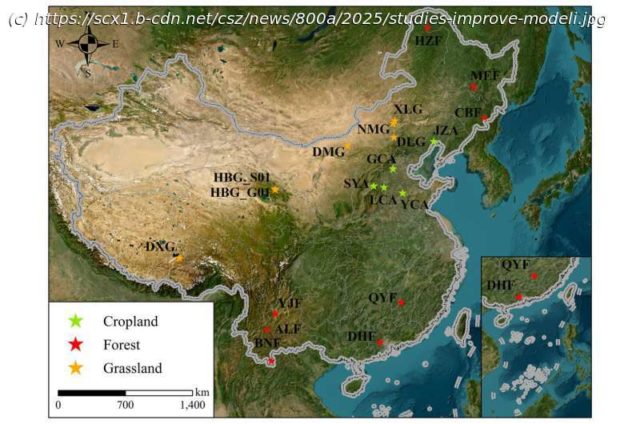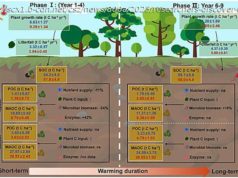Accurately modeling gross primary productivity (GPP) and evapotranspiration (ET) in terrestrial ecosystems is essential for understanding and predicting the global carbon and water cycles. However, current models face considerable uncertainties and limitations when estimating these two core components.
Accurately modeling gross primary productivity (GPP) and evapotranspiration (ET) in terrestrial ecosystems is essential for understanding and predicting the global carbon and water cycles. However, current models face considerable uncertainties and limitations when estimating these two core components.
Scientists from the Institute of Applied Ecology of the Chinese Academy of Sciences have made new progress in improving the accuracy of both GPP and ET simulations.
The findings, published in Geoscientific Model Development and Journal of Hydrometeorology, are expected to provide methodological support for evaluating carbon and water fluxes across diverse ecosystems at regional scales.
In their study on GPP, the Ecological Climate Research Team led by Dr. Wu Jiabing developed the Fast Lightweight Automated Machine Learning (FLAML)-light use efficiency (LUE) model based on the light use efficiency (LUE) approach. LUE models estimate plant productivity by linking absorbed light to photosynthetic output, a key process for carbon fixation.
Домой
United States
USA — IT Studies improve modeling of ecosystem productivity and evapotranspiration






